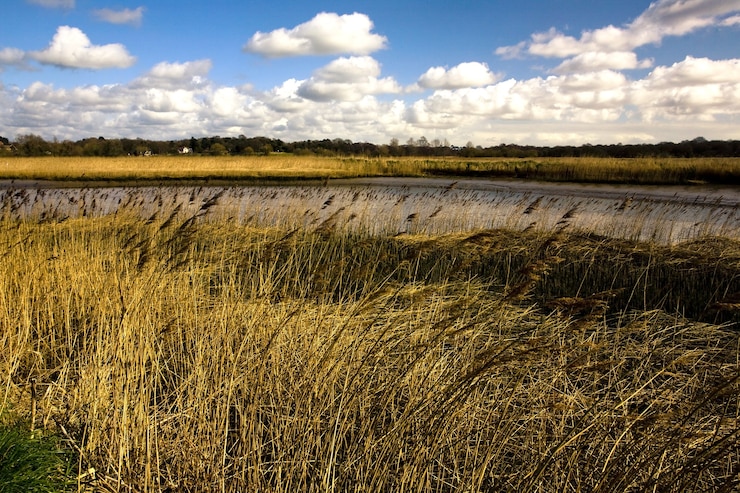Preserving and restoring wetlands in agricultural landscapes is crucial for maintaining ecosystem health, biodiversity, and sustainable farming practices. Wetlands provide numerous ecological benefits such as water filtration, flood control, carbon sequestration, and habitat for a variety of plant and animal species. Here are some key considerations and approaches for preserving and restoring wetlands in agricultural areas:
- Identification and mapping: Conduct a thorough assessment to identify existing wetlands on agricultural lands. This can be done through field surveys, aerial imagery, or using geographic information systems (GIS) data. Mapping wetlands helps determine their size, extent, and connectivity within the landscape.
- Wetland protection and conservation: Implement measures to protect existing wetlands from drainage, pollution, and encroachment. Establish buffer zones around wetlands to minimize nutrient runoff and pesticide contamination from surrounding agricultural activities. Encourage landowners and farmers to adopt conservation easements or other land protection mechanisms to safeguard wetland areas.
- Wetland restoration and creation: Restore and create wetlands in suitable locations within agricultural landscapes. This can involve restoring drained or degraded wetlands to their original hydrological and ecological conditions. Implementing techniques such as dam removal, reestablishing natural water flow, and reintroducing native vegetation can aid in wetland recovery. Additionally, constructing new wetlands or enhancing existing water bodies can provide alternative habitats and ecological functions.
- Integrated water management: Implement water management strategies that consider both agricultural needs and wetland conservation. This includes employing sustainable irrigation practices, such as precision agriculture techniques, to minimize water use and reduce impacts on wetlands. Additionally, promoting water storage and retention practices, such as constructed wetlands or retention ponds, can enhance water availability for both agriculture and wetland ecosystems.
- Collaboration and education: Foster collaboration among farmers, landowners, government agencies, and environmental organizations to promote wetland preservation and restoration. Provide educational programs and incentives to raise awareness about the ecological value of wetlands and the benefits of integrating them into agricultural landscapes. Encourage farmers to adopt sustainable land management practices that consider wetland conservation.
- Policy and regulation: Advocate for policies and regulations that support wetland preservation and restoration in agricultural areas. This may involve promoting wetland protection through zoning ordinances, conservation programs, or financial incentives. Ensure compliance with relevant environmental regulations and develop monitoring programs to assess the effectiveness of wetland conservation efforts.
By integrating wetland preservation and restoration practices into agricultural landscapes, we can maintain a balance between productive agriculture and ecological sustainability. This approach supports the long-term viability of both farming communities and the natural environment.
Join 'Farmers Mag' WhatsApp Channel
Get the latest Farming news and tips delivered straight to your WhatsApp
CLICK HERE TO JOIN






